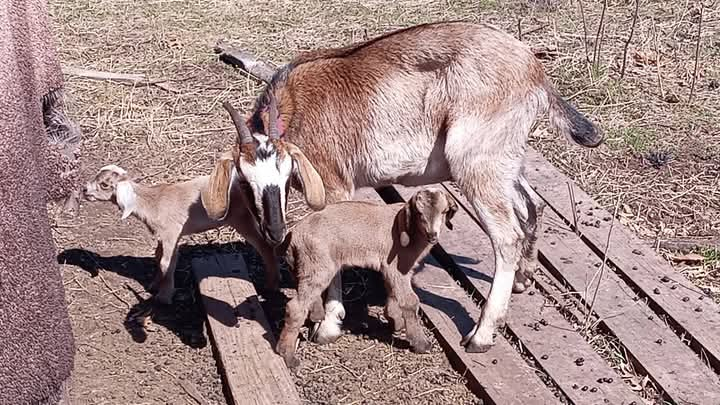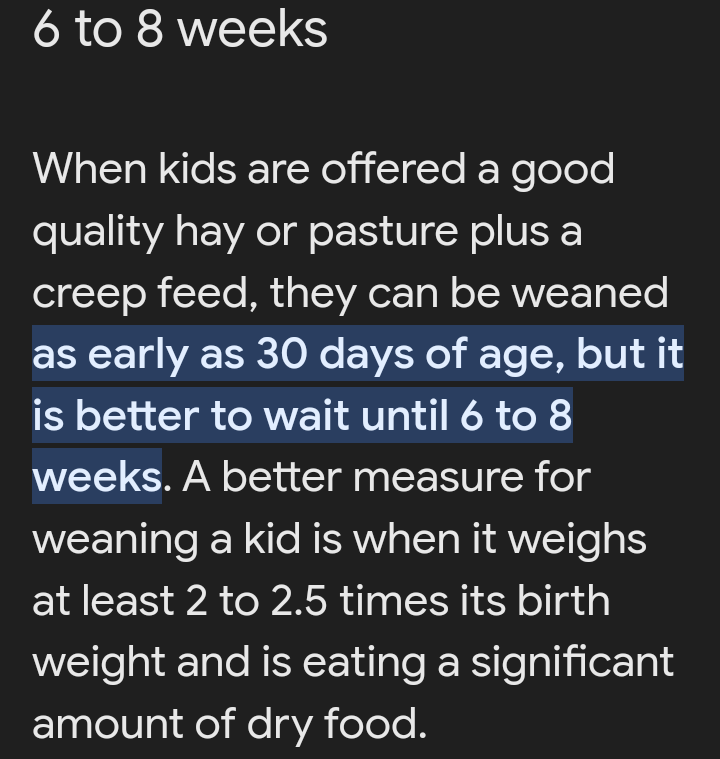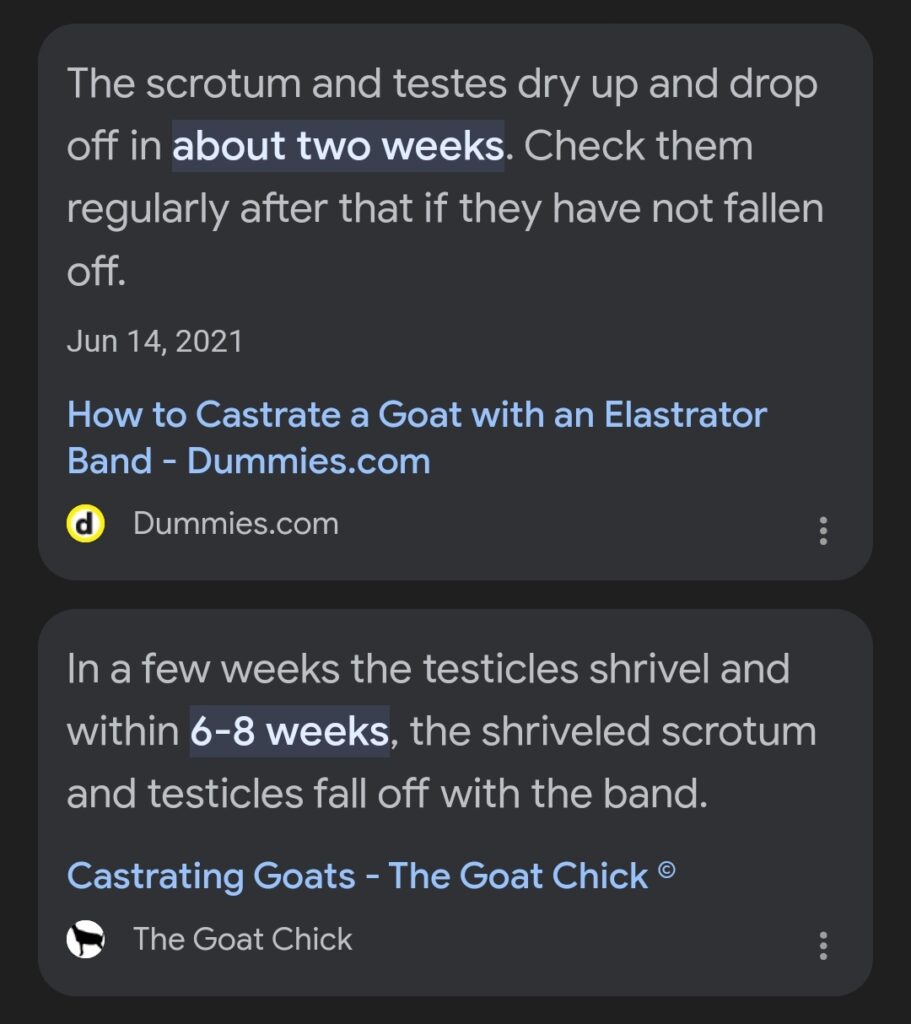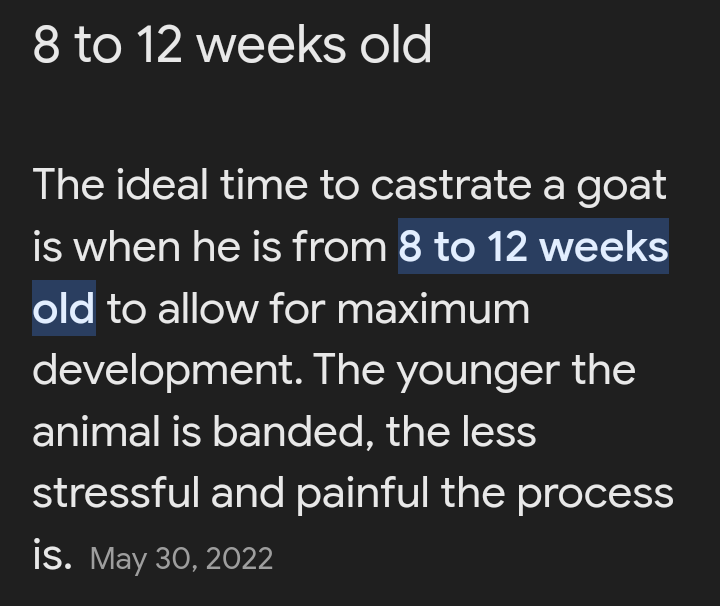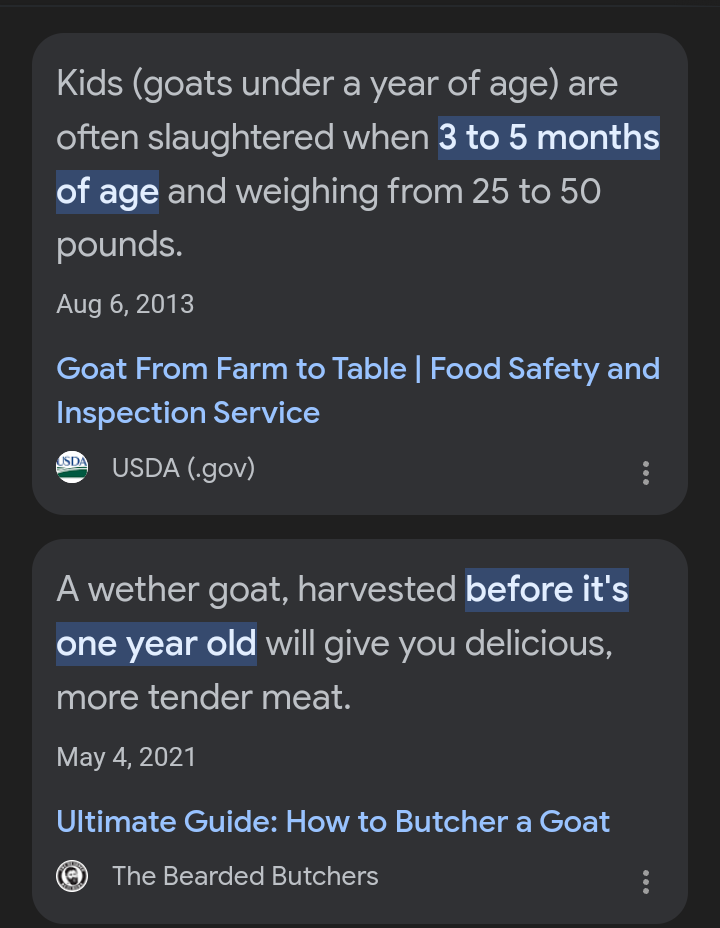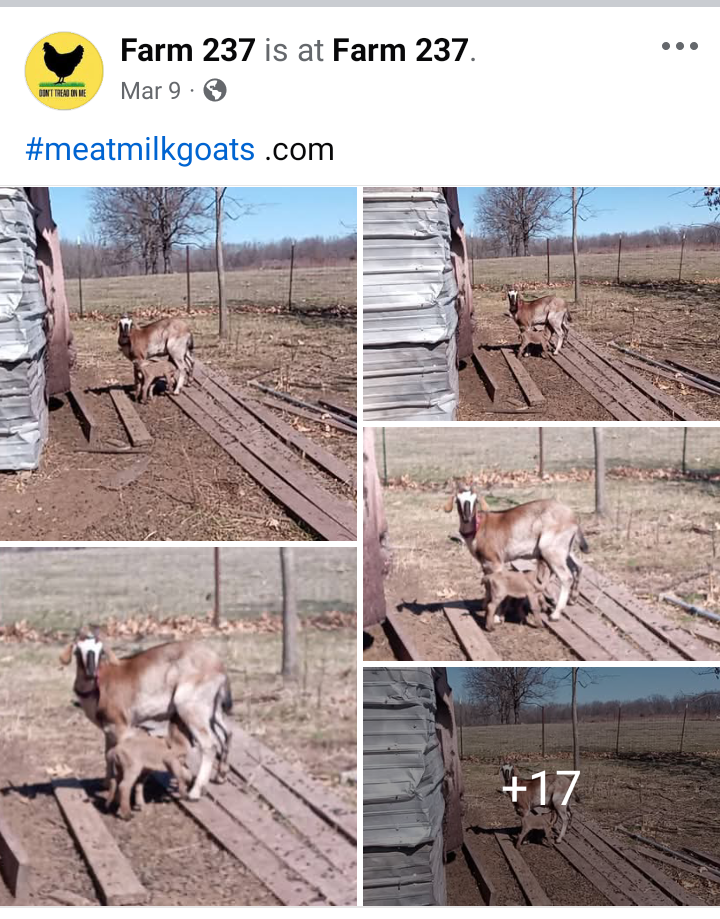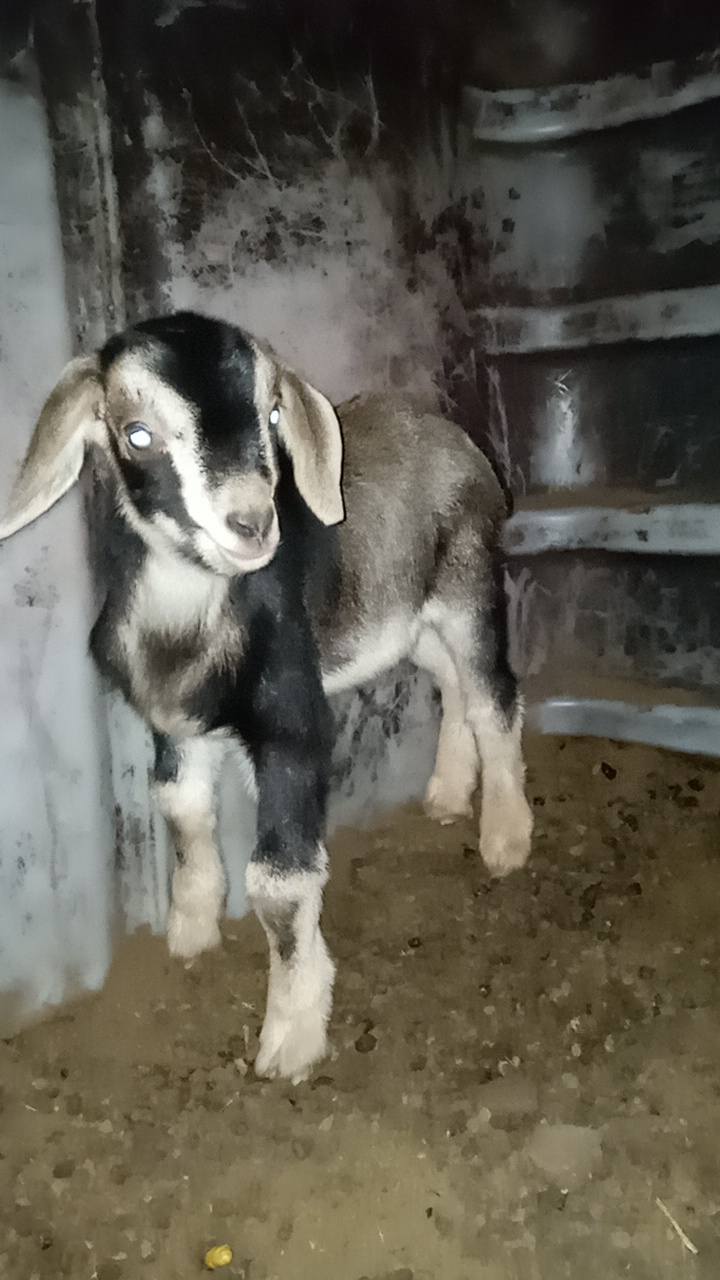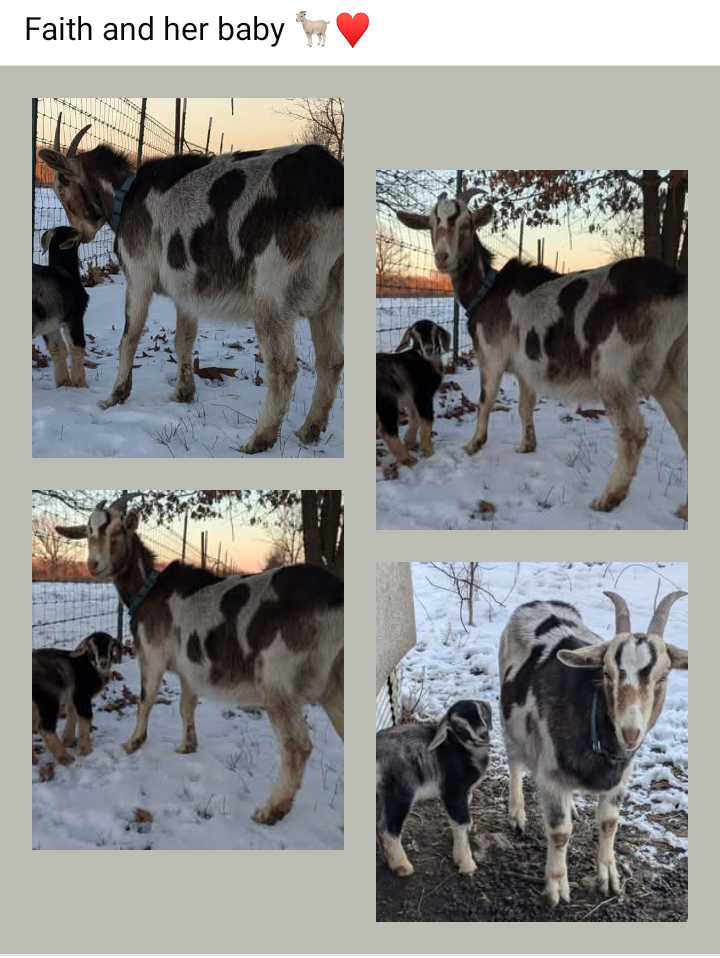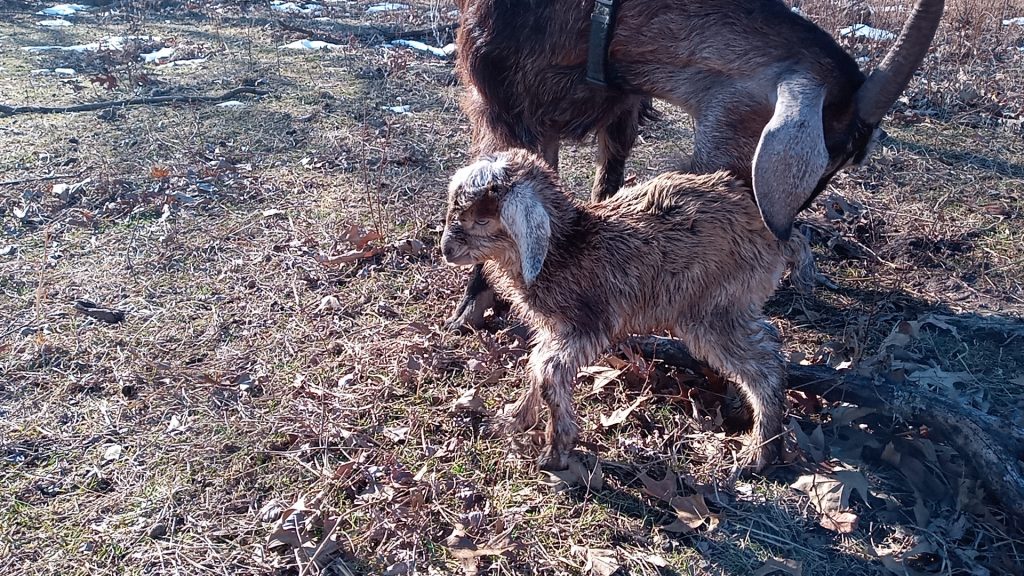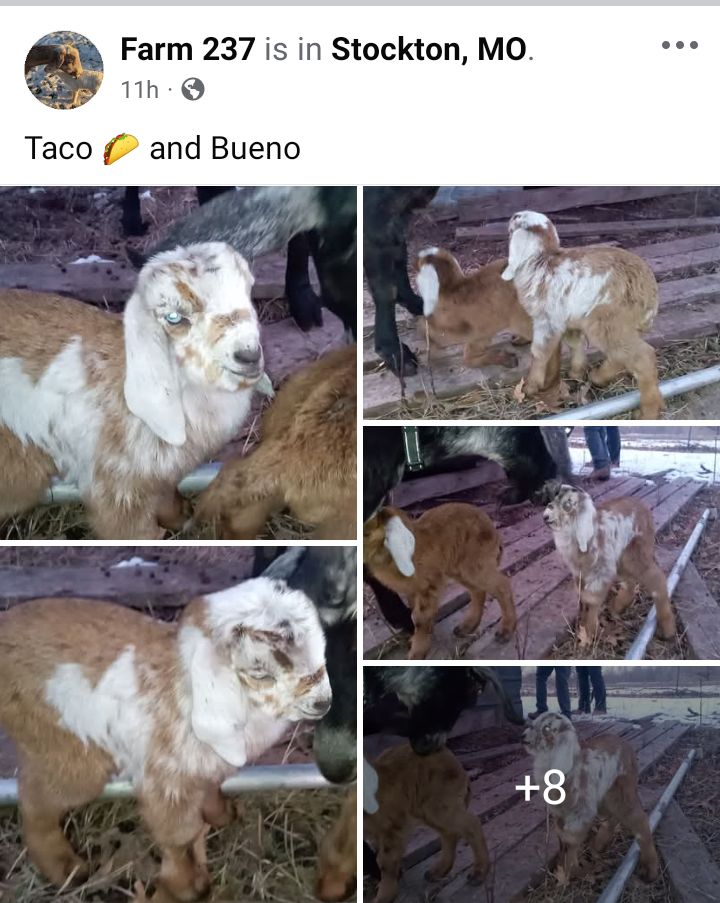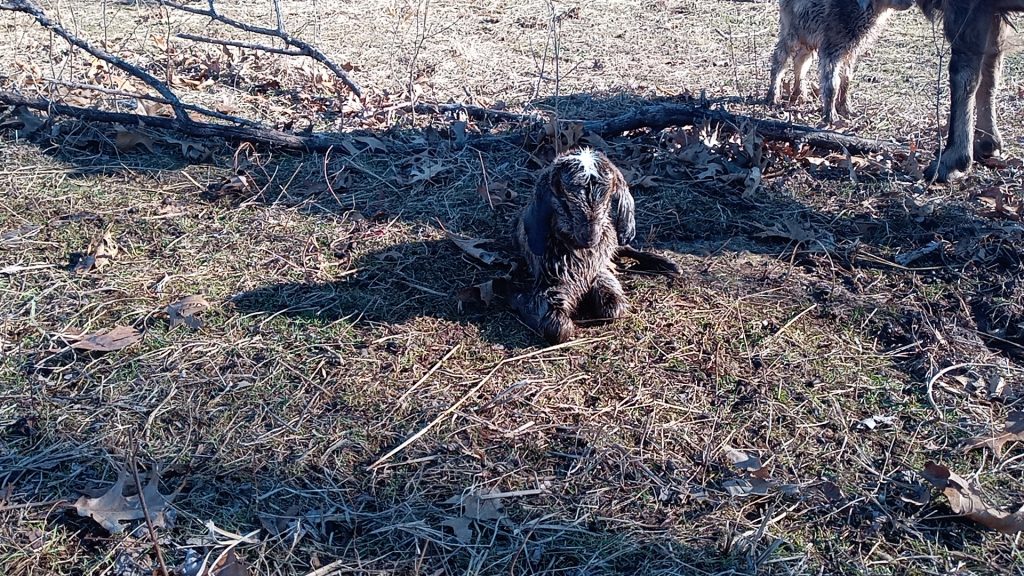Yes, pigs can potentially become infected with Johne’s disease, also known as paratuberculosis, from sheep and goats. While Johne’s disease primarily affects ruminants like sheep, goats, and cattle, the bacterium causing the disease, Mycobacterium avium subspecies paratuberculosis (MAP), can be transmitted to other species, including pigs.
Key points on Johne’s disease transmission
Primary Transmission Route: The main route of infection is fecal-oral, meaning animals ingest the bacterium from feed or water contaminated with infected feces.
Contaminated Environments:
Infected animals shed MAP in their manure, contaminating the environment, including pastures, feed and water sources, and housing areas.
Young Animals Most Susceptible: Newborns and young animals are particularly vulnerable to infection.
Potential for Cross-Species Transmission: Studies indicate that the infection can spread from one ruminant species to another (e.g., cattle to goats or sheep).
Pigs as Atypical Hosts: While pigs are not the natural hosts, there have been reports of MAP infecting them, and even causing illness, according to the Johne’s Information Center.
Important notes
Johne’s disease is not the same as Crohn’s disease in humans: While some researchers explore a potential connection between MAP and Crohn’s disease, the majority of gastroenterologists do not believe there is a direct causal link.
Prevalence in Pigs: Compared to ruminants, the occurrence of Johne’s disease in pigs is less common, but the possibility of transmission and infection exists, especially in environments where pigs share housing or pastures with infected sheep or goats.
Biosecurity Measures:
Implementing strong biosecurity measures, such as proper manure management, cleaning and disinfection of facilities, and preventing co-housing of pigs with ruminants from unknown health status, can help reduce the risk of transmission.
If you suspect Johne’s disease in your animals, consult with a veterinarian for proper diagnosis and advice on prevention and control strategies.

